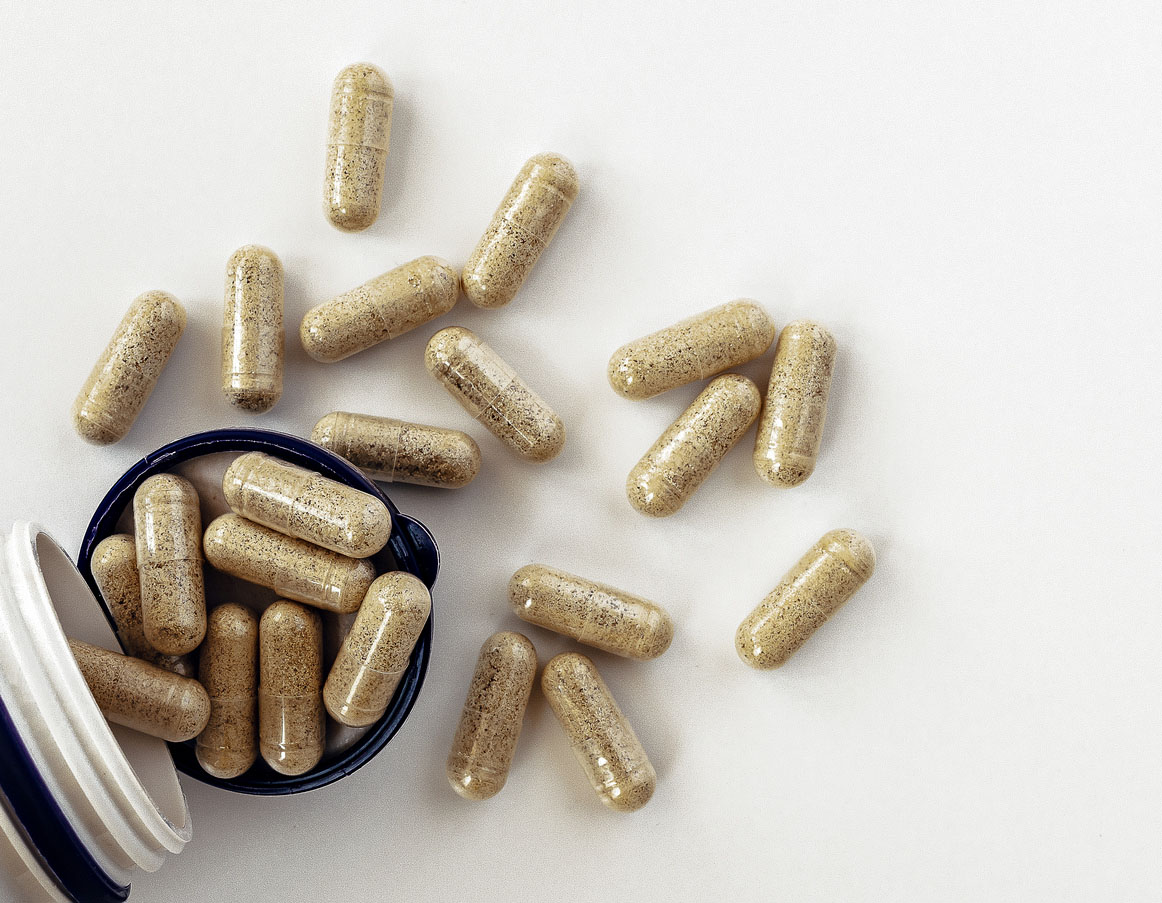President Trump took it as part of his innovative antiviral cocktail recently.
And Dr. Fauci says he takes vitamin D and C supplements and that they can lessen “your susceptibility to infection” according to Business Insider.
So why is vitamin D suddenly enjoying the limelight for its putative role in viral infections?
Partially, it’s via extrapolation from previous studies that link vitamin levels to susceptibility to viral infections. First, there’s the obvious clue that viral respiratory infections, including flu outbreaks, are seasonal. Most occur in winter or spring months when lack of sunlight causes vitamin D levels to plummet.
But, it’s also true that virus propagation is enhanced by indoor gathering amid cold temperatures. Sealed offices, dwellings, commercial establishments and public transportation recirculate viral particles that might otherwise dissipate in the open air. That’s why open-air dining is considered safer during the pandemic and more people are eschewing mass transit to ride bicycles and scooters to work.
Of course, there are suggestive epidemiological studies that indicate that the severity of viral infections is greater among those with suboptimal or deficient vitamin D. But, as we so often reiterate, correlation is not necessarily causation. Obesity and inflammation deplete vitamin D levels; alternatively, low vitamin D might be a marker for less health-conscious individuals who spend less time exercising in the sunlight or engage in less healthy behaviors.
RELATED: Ask Leyla: Vitamin D and Immunity
A tantalizing clue is that COVID-19 has hit dark-skinned minority populations hardest in the U.S. African-Americans and non-white Hispanics have been disproportionately affected by the pandemic. Studies reveal that these groups are high-risk for vitamin D insufficiency. How much of their susceptibility can be traced to that, and how much to other factors like work and family exposure, diet, stress, underlying health conditions or genetics?
Much has been made of a recent Boston University study that showed that, among subjects over 40, “patients who were vitamin D sufficient were 51.5 percent less likely to die from the infection compared to patients who were vitamin D deficient or insufficient with a blood level of 25-hydroxyvitamin D less than 30 ng/mL.”
That’s suggestive, but to conclusively demonstrate efficacy of vitamin D in treating or preventing viral infections, we’d need “gold standard” prospective randomized controlled double-blind placebo studies.
When it comes to the flu, there are some trials that meet that high bar. But when you look at the outcomes of the studies, it’s a little confusing. Some studies show no benefits; others show clear-cut protection; still others show prevention, but only in those who had low vitamin D to begin with. To complicate matters, dosages and duration of treatment varied. You can see a summary of results of these vitamin D flu trials in this table.
There’s certainly biological plausibility for vitamin D’s role in COVID-19. It’s well-known to play a significant role in innate immunity—the body’s first-line defense against viral infection. Vitamin D activates Toll-like receptors, which are crucial in immune activation. Also, vitamin D is essential for production of cathelicidin, an important antimicrobial peptide.
But paradoxically, there’s also considerable buzz about vitamin D’s immunosuppressive effects in autoimmune diseases like ulcerative colitis, multiple sclerosis, and rheumatoid arthritis, where an over-exuberant immune response needs to be restrained. Does that mean excess vitamin D could backfire against COVID-19?
Instead, that might prove to be an advantage in COVID-19, which often kills by triggering “cytokine storm”, a devastating immune system meltdown. Is it conceivable that D supports a “Goldilocks Effect”, initially shielding persons from disseminated infection, but ultimately rescuing them from severe symptoms in a manner similar to dexamethasone or other experimental immune modulators now being field-tested in hospitalized patients?
That question hasn’t been answered, and there’s only a lone vitamin D intervention trial that examines the effects of high-dose D, not merely for prevention, but in sick patients. And it’s only a small pilot study, not using store-bought vitamin D, but heroic doses of a rarely-used prescription vitamin D metabolite:
“Our pilot study demonstrated that administration of a high dose of calcifediol or 25-hydroxyvitamin D, a main metabolite of the vitamin D endocrine system, significantly reduced the need for ICU treatment of patients requiring hospitalization due to proven COVID-19.”
Of note, 50% of patients in the control group ended up in the ICU and two died; only 2% of patients receiving calcidiol required ICU admission and none died. Calcifediol is 3.2 times more bioavailable than oral vitamin D. It’s not clear that ordinary vitamin D3, even at the high doses used in the study, would achieve comparable effects.
All this has proved tantalizing enough for doctors—like the team that treated President Trump—to prescribe vitamin D to vulnerable patients, and medical journals to advise people to make sure they’re getting enough vitamin D. The international journal Lancet concedes “there is nothing to lose from their implementation, and potentially much to gain.”
RELATED: Ask Leyla: Why is my vitamin D still low?
But questions remain. How much vitamin D for prevention? Is there an optimal target blood level that confers protection? (The optimal 25(OH)D concentration for combatting COVID-19 is not known.) Should a big bolus-dose of D be administered, as some propose, at the first sign of infection?
One thing is for sure: The current recommendations to take vitamin D (400 IU in the UK) and (800 IU in the US) are paltry.
In an article entitled, “Supplementation of cholecalciferol 800 IU daily appears to be insufficient to raise vitamin D levels to >75 nmol/l in nursing home patients”, researchers demonstrated that giving this usual dose of vitamin D to elderly patients failed to raise their blood levels to sufficiency.
Remember, to calculate the more commonly used measurement unit for vitamin D on U.S. lab tests, you divide nmol/L by 2.5 to obtain ng/ml. So, after 5 weeks of daily supplementation with 800 IU of vitamin D, none of these initially vitamin D deficient nursing home patients reached the modest threshold of even 30 ng/mL! After a half-year (26 weeks) of 800 IU/ of vitamin D3 per day, only 30% of them had reached sufficiency.
I’d prefer to shoot for a level of 40-70 ng/ml, and to achieve that, most people need at least 2000 IU of vitamin D per day, and some as high as 10,000 IU. Due to individual variations in vitamin D metabolism, it’s best to get your levels checked with a 25(OH)D blood test.
As science writer Matt Ridley has written in the Wall Street Journal, “If a course of action is known to be safe and cheap and might help to prevent or cure diseases—like wearing a face mask or taking vitamin D supplements, in the case of COVID-19—then uncertainty is no excuse for not trying it.”







